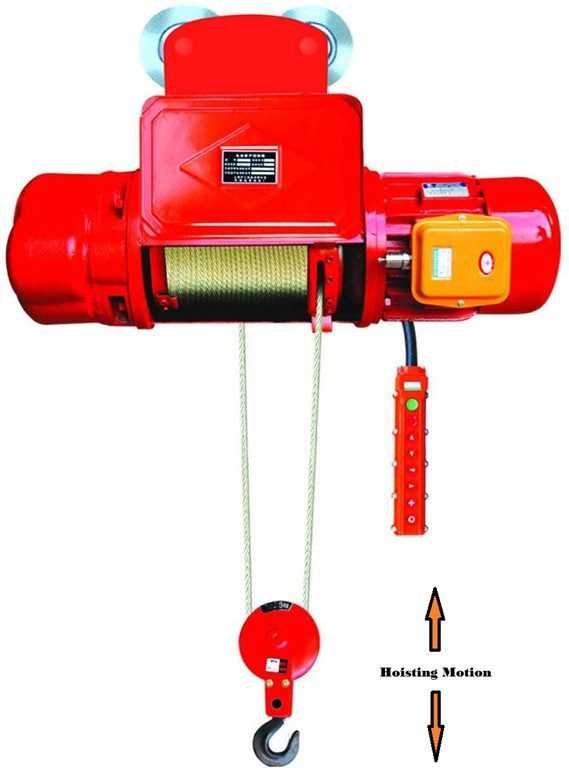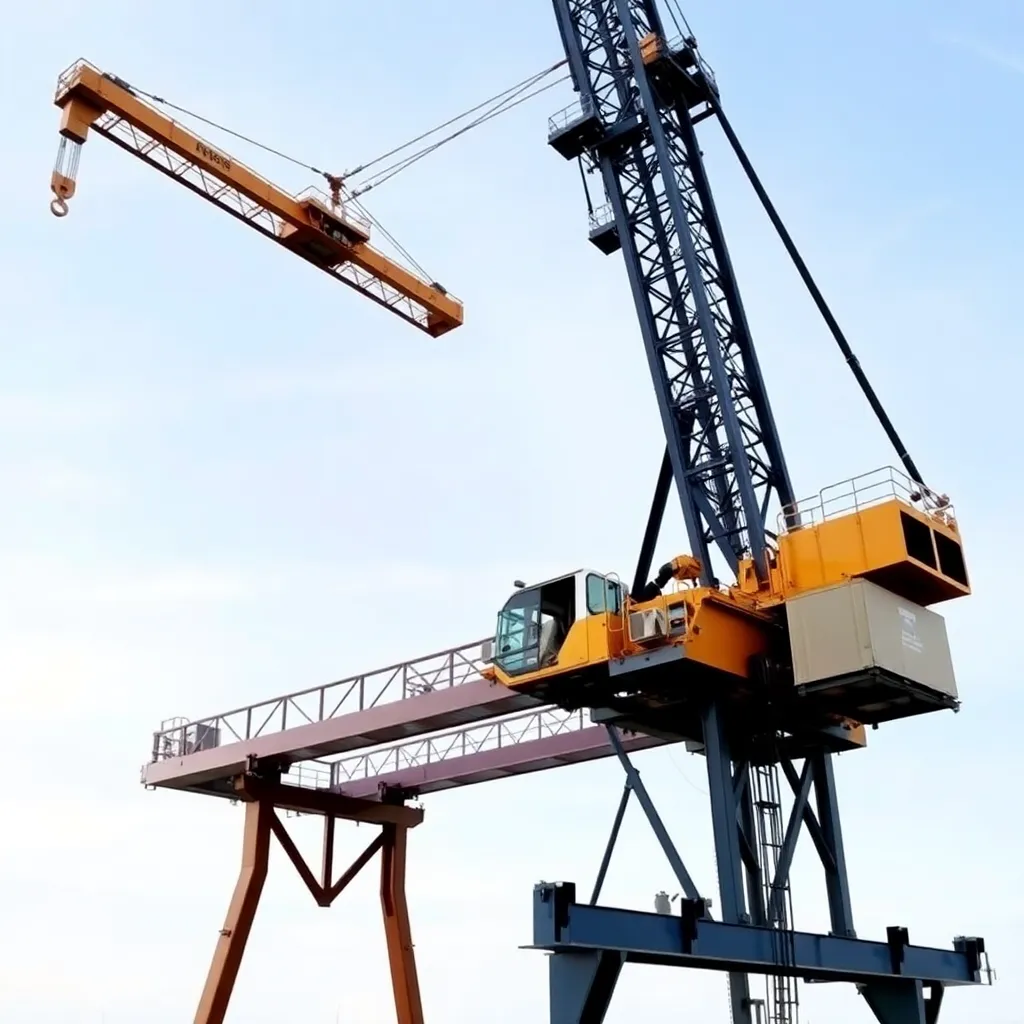Jib Crane Motions and Rotation
Types of Jib Crane Motions The mechanism of a jib crane operates through four primary jib crane motions: 1. hoisting, 2. derricking (or luffing), 3. slewing, and 4. long travel, each contributing to the crane’s overall functionality and precision in lifting tasks. The hoisting motion enables the vertical movement of loads, typically achieved through a hoist mechanism that lifts and lowers items via a wire rope or chain. Derricking or luffing allows operators to adjust the angle of the jib, providing the flexibility to bring loads closer to the crane or extend them further away, which is particularly advantageous in confined spaces. Slewing motion involves the horizontal rotation of the […]

